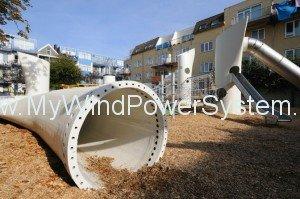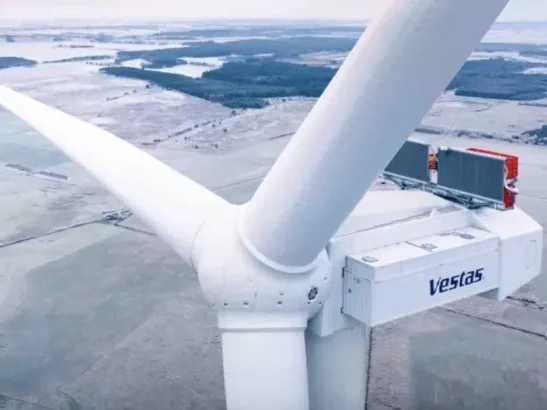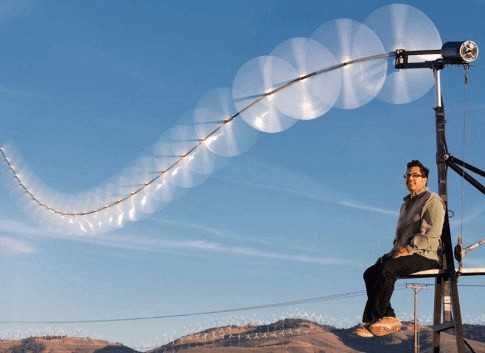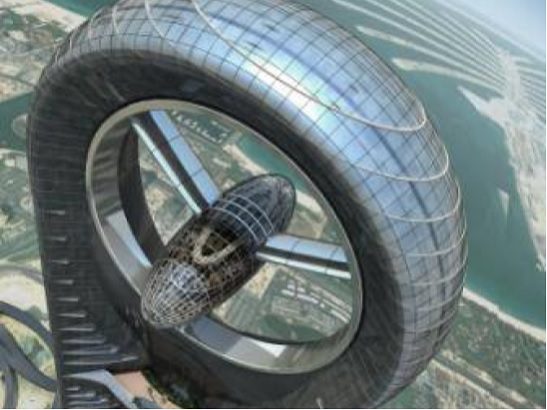While most people are focused on the creation of new wind farm sites and deciding which are the most efficient new turbines to install there, what happens when a turbine reaches the end of its useful life? In the UK, new guidance on dealing with turbines reaching the end of their shelf life is expected later this year. This follows in the wake of newly-published research on what should be done with wind turbines when they become outdated. Some of the possible solutions may cause you to raise your eyebrows.
The research, by Scottish Natural Heritage, looked at the decommissioning of the machines, the restoration of wind farm sites and also how turbines, towers and the various components can be recycled. The report says that by 2034 there will be a need to recycle about 225,000 tonnes of turbine rotor blade material every year throughout the world.
One of the more favoured options (at least by us here at MWPS) is to have the turbines refurbished and used again- possibly on community wind farms. These small community-owned wind farms won’t need to the massive latest turbines to generate their electricity. A modest reconditioned smaller wind turbine would be sufficient. For example, the Isle of Gigha Heritage Trust bought three used Vestas machines ten years ago. The turbines – dubbed the Dancing Ladies – generate almost all the electricity the islanders need and an annual profit of £93,500 for Gigha Renewable Energy, the firm owned by the residents that operate the small wind farm. The island is near Kintyre off the West Coast of Scotland. The three Vestas V27 turbines are known locally as The Dancing Ladies or Creideas, Dòchas is Carthannas- Gaelic for Faith, Hope and Charity.
Reconditioned second-hand turbines are more and more in demand worldwide. A reason for this was put forward in the SNH report: A two-year waiting list for new wind turbines was a factor driving up sales of used turbines. They cost around 40% less than new wind turbines and because they have been in operation for some time, they are tried and tested and proven and with refurbishment will give many more years of service. Eastern Europe, Latin America and Asia are among the biggest buyers. The report said more than 5,000 second-hand turbines were expected to go on sale in Europe this year.
The report also looked at the use of decommissioned wind turbines as adventure playgrounds. In Holland parts of towers and even large blades have been transformed into play equipment for a children’s park. The researchers described this reuse as “innovative” but added that how much-decommissioned gear could be used in this way was limited.
The mixture of materials used to make the blades, they include plastics, resins and balsa wood, are hard to separate and then put to other uses, according to the report. In fact, the only industrial-scale factory for reprocessing turbine blades is in Germany. Various saws are used to chop them up into chunks which are then shredded and then hammered into 5cm-long fragments. These are then mixed with other wet waste material and used as fuel at a cement-making factory. The reprocessing firm deals with up to 500 tonnes of unwanted turbine blades a month.





